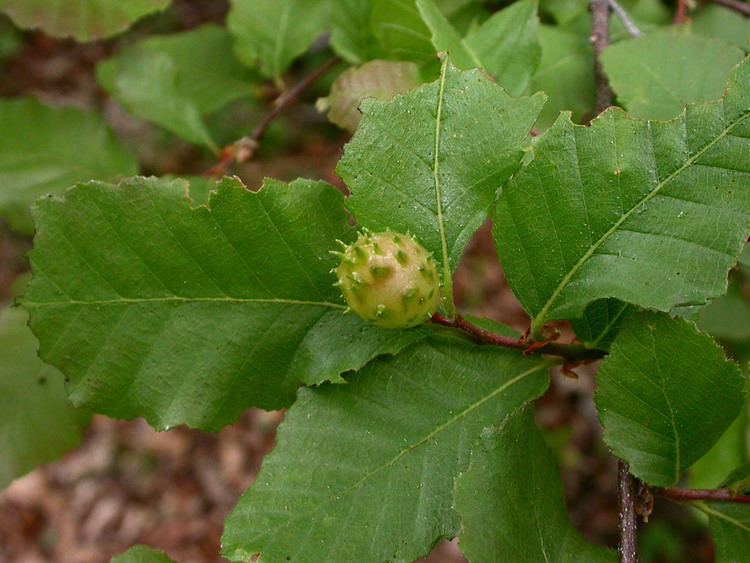Kingdom Plantae Family Nothofagaceae Scientific name Nothofagus obliqua Rank Species | Order Fagales Genus Lophozonia Higher classification Lophozonia | |
 | ||
Similar Nothofagus, Lophozonia alpina, Nothofagus dombeyi, Lophozonia glauca, Nothofagus antarctica | ||
Lophozonia obliqua, (Patagonian oak, roble or roble beech) (usually found in North America)) is a deciduous tree from Chile and Argentina. It grows from 33 to 43° south latitude. The northern extent of this tree's range in Chile is considered to be the Vizcachas Mountains and La Campana National Park. L. obliqua was known as Nothofagus obliqua prior to 2013.
Contents
Description
L. obliqua reaches a height of 50 meters (175 ft). and 2 m (6.5 ft) diameter.
It has gray-brownish or dark brown bark. The trunk is often forked. It has alternate leaves somewhat curled between the veins and the serrated margin. It has separate male and female flowers, both are small and are surrounded by green colored bracts, and rather inconspicuous.
In Chile is called roble hualle to young trees, whose wood is soft and yellowish, and roble pellín to old trees, which have their reddish hardwood. It has a good figure, is valued for its durability, and is used in furniture and construction.
Cultivation
The tree was introduced to the British Isles in 1849. Material with provenance from different places in its natural environment was tested in cultivation in Scotland. Trees cultivated from material collected from Ñuble, which is the provenance closest to the Equator, were the most damaged by frosts. Unfortunately seeds of that provenance were supplied to many commercial growers in the 1970s in the United Kingdom. Seeds sourced from Neuquen in Argentina proved the hardiest. A selection from Malleco, Chile, which is the provenance of the first trees planted in the British Isles also gave good hardiness results. It has also been planted on the North Pacific Coast of the United States.
Subspecies
There are two recognised subspecies of L. obliqua. These are:
Lophozonia macrocarpa was once also considered a subspecies, as Fagus obliqua var. macrocarpa.
